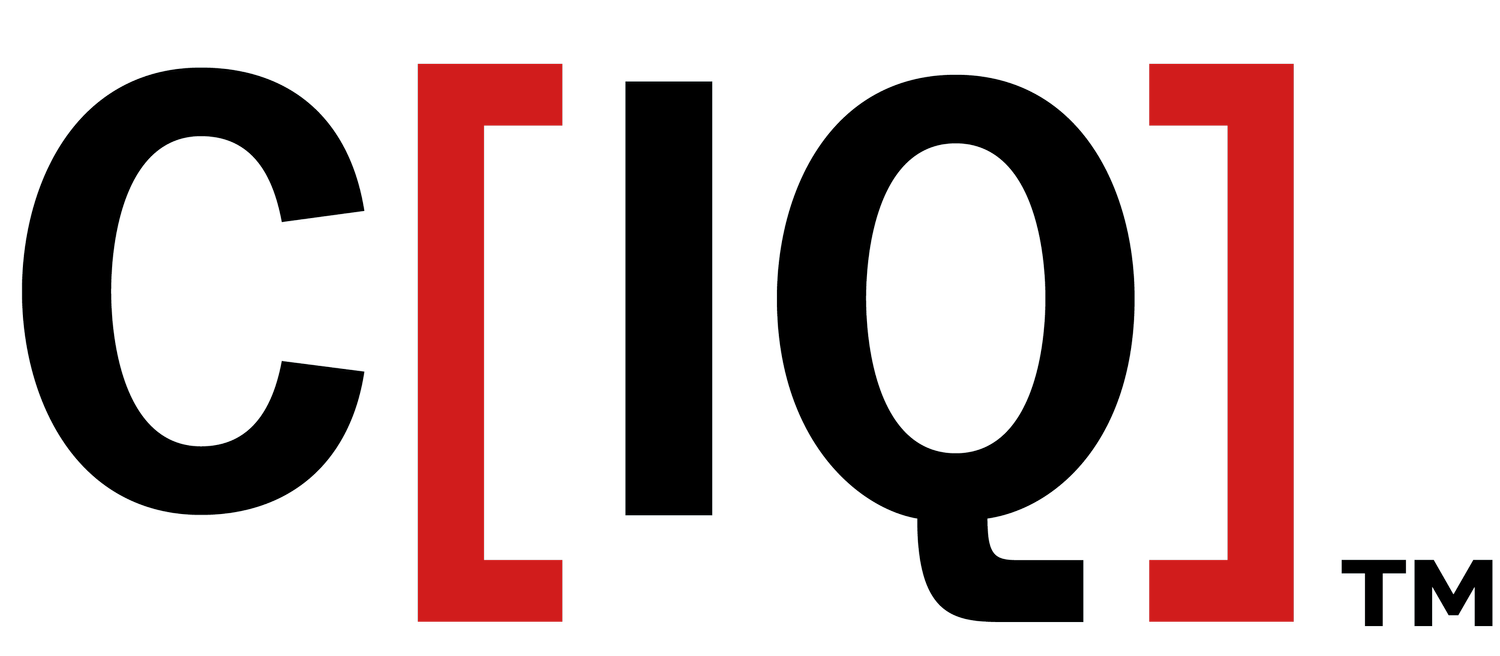The Consumer Decides. The Business Aligns.
Why True Consumer-Centricity Demands a Reorientation of the Entire Business
Image by DC Studio
We’ve said it for years: "The consumer is at the center of everything we do."
But let’s be honest. Most organizations still organize around products, channels, and quarterly targets — not people.
And yet, in today’s digital society, one truth is clearer than ever:
The consumer decides. The business aligns.
This isn’t just a marketing mindset. It’s a business mandate.
The Power Shift Has Already Happened
Consumers no longer wait passively for brands to push offers. They curate their own experiences — controlling how, when, and if they engage. They can block ads, bypass funnels, ignore emails, and choose competitors with a swipe.
Brands might plan campaigns, but consumers decide which moments matter.
That means consumer-centricity isn’t about optimizing touchpoints — it’s about rethinking the business itself.
The Implications Are Deep — and Structural
Organizations that truly adopt a consumer-centric philosophy face a series of profound shifts. It’s not window dressing. It’s transformation.
1. Org Structures Must Evolve
Most companies are structured around internal priorities — product lines, business units, regions. But a consumer-aligned model demands cross-functional collaboration centered on delivering value across the entire experience.
• Who owns the end-to-end journey?
• Who’s accountable for relationship health — not just transaction volume?
• Where does CRM, CX, or Lifecycle sit — and do they have strategic authority?
This may mean rethinking the org chart, creating new roles, or embedding consumer accountability across every team.
2. KPIs Must Shift
Traditional business metrics — sales, margins, conversion rates — are important. But they don’t capture the full picture of consumer value.
A consumer-aligned business measures:
• Relationship quality
• Intent, influence, and engagement (not just purchases)
• Experience gaps and earned trust
If the consumer is in charge, then we must ask: Are we delivering value at every moment — not just extracting it?
3. Tech and Data Must Be Re-Architected
Many enterprise systems are built to track customers — not understand consumers. They’re fragmented, channel-bound, and often disconnected from real behavior.
To align with the consumer, businesses need:
• Unified consumer profiles that connect purchase, usage, engagement, and sentiment
• Real-time, decision-ready insights
• Tech stacks designed to enable responsiveness, not just reporting
This is about data as a currency — and spending it wisely.
4. Strategy Must Become More Iterative
If the consumer decides, brands must be ready to listen, adapt, and evolve in real time.
This means moving away from rigid, top-down planning and embracing:
• Agile operating models
• Test-and-learn roadmaps
• Rapid experimentation loops
The strongest consumer-aligned businesses treat strategy as a living system — not a static slide deck.
5. Culture Must Shift from Control to Co-Creation
This is perhaps the hardest change of all. It requires a mindset shift:
• From owning the message to inviting participation
• From pushing product to earning engagement
• From functional silos to shared consumer accountability
Leaders must model the change. Not just through slogans — but by making consumer value a non-negotiable across every meeting, investment, and milestone.
This Is the New Order of Business
Consumer-centricity is no longer a competitive differentiator. It’s a prerequisite.
In every industry, the brands that win aren’t just the ones with better creative or better data — they’re the ones that organize around the consumer.
So here’s the real question:
If the consumer decides — who in your business is accountable to them?
Every department. Every decision. Every dollar.
The business aligns.
